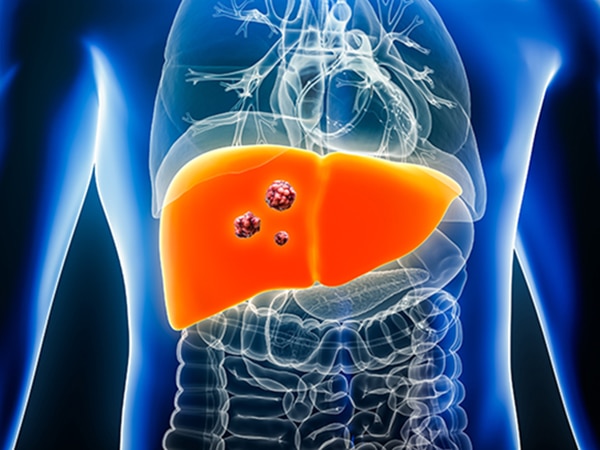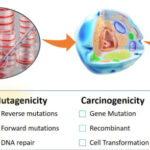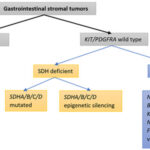Unresectable hepatic metastatic uveal melanoma (UM) presents a formidable clinical challenge due to its aggressive nature, poor prognosis, and limited systemic therapy responsiveness. Uveal melanoma, the most common primary intraocular malignancy in adults, frequently metastasizes to the liver. When surgical resection is not feasible, a multidisciplinary approach becomes essential to prolong survival and improve quality of life.

Understanding Uveal Melanoma and Liver Metastasis
Uveal melanoma originates from melanocytes within the uveal tract—comprising the iris, ciliary body, and choroid. Despite effective local control through radiotherapy or enucleation, metastasis occurs in approximately 50% of patients, with the liver being involved in over 90% of cases.
Clinical Characteristics of Hepatic Metastases
- Often multifocal and diffusely distributed
- May remain asymptomatic until advanced stages
- Symptoms include right upper quadrant pain, weight loss, fatigue, hepatomegaly, and jaundice
Diagnosis of Unresectable Hepatic Metastatic Uveal Melanoma
Imaging Modalities
- MRI with contrast is the most sensitive modality for detecting hepatic lesions.
- CT scans provide anatomical detail and are often used to monitor treatment response.
- PET-CT can identify extrahepatic spread, although liver lesions may have low FDG uptake.
Biopsy and Histology
- Liver biopsy confirms diagnosis when imaging is inconclusive.
- Histopathological features include epithelioid or mixed cell types with high mitotic activity.
- Immunohistochemical markers: HMB-45, Melan-A, and S-100.
Staging and Unresectability Assessment
- Resectability criteria include lesion size, number, location, and hepatic reserve.
- Multidisciplinary tumor boards assess surgical options.
- Involvement of more than 50% of the liver or presence of extrahepatic disease typically defines unresectability.
Prognosis of Unresectable Hepatic Metastatic Uveal Melanoma
The median overall survival for patients with hepatic metastases from uveal melanoma ranges between 6 and 12 months without intervention. Prognosis depends on:
- Tumor burden and hepatic involvement
- Performance status
- LDH and liver function test levels
- Response to treatment modalities
Systemic Therapies: Limitations and Emerging Approaches
Conventional Systemic Treatments
- Chemotherapy (dacarbazine, temozolomide) shows minimal efficacy.
- Checkpoint inhibitors (anti-PD-1, anti-CTLA-4) have limited success due to low tumor mutational burden and immune privilege of the eye.
Targeted Therapies
- MEK inhibitors (e.g., selumetinib) have demonstrated modest progression-free survival benefit but no significant overall survival advantage.
Immunotherapy and Cellular Therapies
- Tebentafusp (a bispecific fusion protein targeting gp100 and CD3) has shown the first survival advantage in metastatic uveal melanoma, particularly in HLA-A*02:01-positive patients.
- Ongoing studies are evaluating adoptive T cell therapies and tumor-infiltrating lymphocyte (TIL) approaches.
Liver-Directed Therapies for Unresectable Disease
Given the liver-predominant nature of uveal melanoma metastases, regional therapies play a central role in disease control.
Isolated Hepatic Perfusion (IHP)
- Delivers high-dose melphalan directly to the liver with temporary isolation from systemic circulation.
- Shows objective response rates up to 50% in selected patients.
Percutaneous Hepatic Perfusion (PHP)
- Minimally invasive alternative to IHP using a filtration system to limit systemic exposure.
- Repeatable procedure with encouraging response rates and disease stabilization.
Transarterial Chemoembolization (TACE)
- Involves intra-arterial delivery of chemotherapy followed by embolization to restrict blood flow.
- Suitable for patients with well-preserved liver function and limited extrahepatic disease.
Radioembolization (Yttrium-90)
- Delivers radioactive microspheres into hepatic tumors.
- Can offer disease control and symptomatic relief in select patients.
Multimodal Treatment Strategies
Combining liver-directed therapies with systemic options may enhance outcomes:
- Sequential or concurrent use of PHP and immune checkpoint inhibitors
- Integrating Tebentafusp post-regional therapy to manage micrometastatic disease
- Enrollment in clinical trials to access innovative agents and protocols
Clinical Trials and Research Developments
Numerous studies are underway targeting molecular pathways implicated in uveal melanoma, including:
- GNAQ/GNA11 mutations: Exploring inhibitors of downstream effectors like PKC and MAPK.
- YAP/TAZ pathway: Targeted agents aimed at modulating transcriptional activity.
- Immunotherapy combinations: Dual checkpoint inhibition, oncolytic viruses, and cancer vaccines.
Participation in clinical trials should be strongly encouraged for eligible patients to access promising therapies.
Supportive Care and Quality of Life Considerations
- Palliative care should be integrated early in the treatment course to address pain, fatigue, and psychosocial support.
- Nutritional counseling, liver function monitoring, and management of complications such as ascites or hepatic encephalopathy are essential components of care.
Unresectable hepatic metastatic uveal melanoma demands a nuanced and individualized treatment approach. While the disease remains incurable in most cases, advances in regional therapies, novel immunotherapies, and targeted treatments are gradually improving outcomes. Integration of liver-directed modalities with emerging systemic agents holds the greatest promise for extending survival and enhancing patient quality of life. Ongoing research and clinical trial enrollment are vital to propel therapeutic innovation forward.

